Tips for Spinal Cord Health
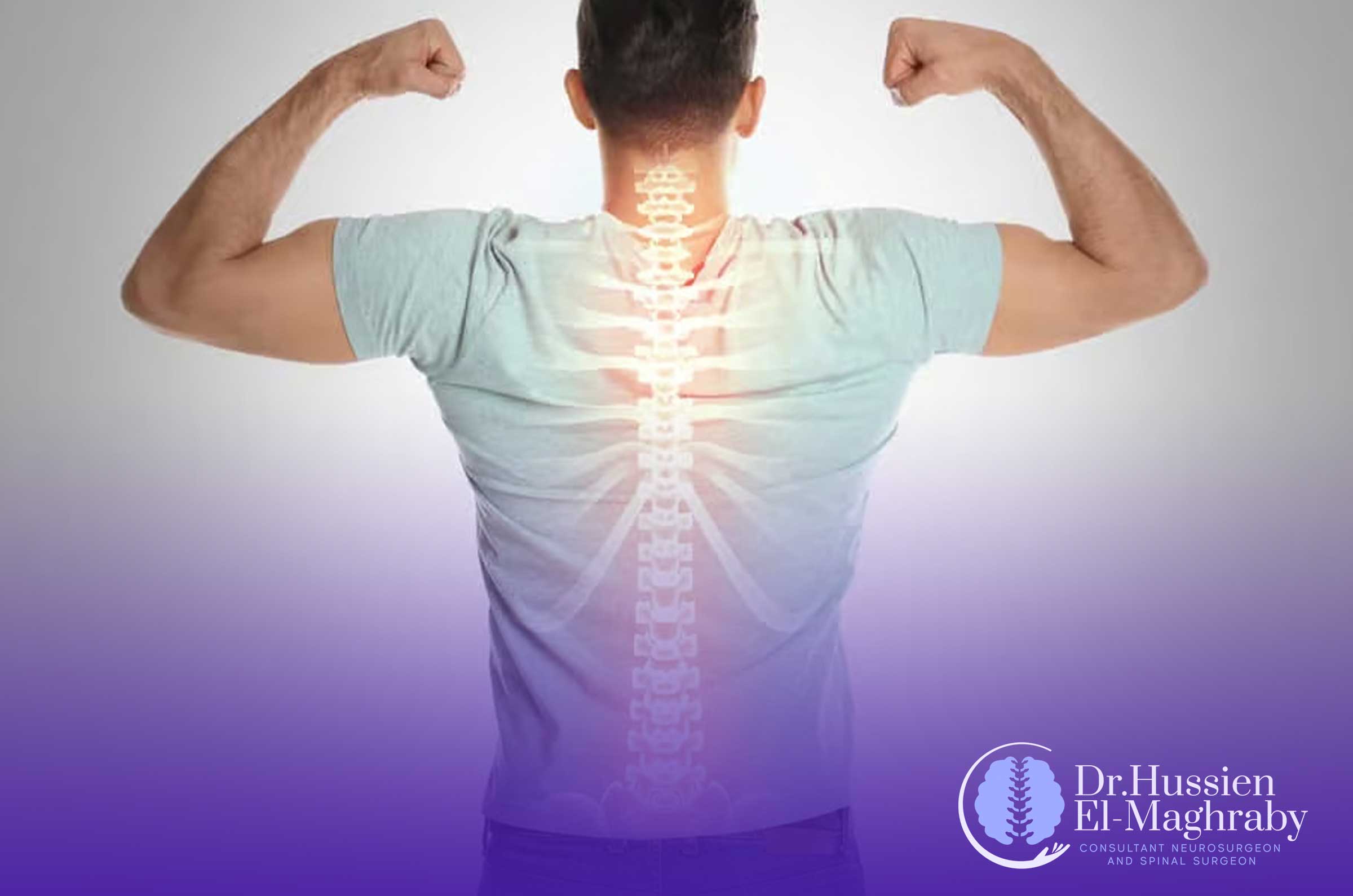
Spinal cord compression occurs due to any condition that exerts pressure on the spinal cord. The spinal cord is a bundle of nerves that carries messages back and forth from your brain to your muscles and other soft tissues. As the spinal cord travels down your back, it is protected by the spine, which consists of sequential units called vertebrae. These vertebrae also help keep your body upright. Nerves from the spinal cord pass through openings between the vertebrae and extend to your muscles.
Spinal cord compression can happen anywhere from the neck (cervical spine) to the lower back (lumbar spine). Symptoms include numbness, pain, weakness, and loss of bowel and bladder control. Symptoms can develop suddenly or gradually, depending on the cause of the compression. If the compression becomes severe, a condition known as myelopathy may occur, leading to symptoms such as walking difficulties, pain, and numbness.
What are the causes of spinal cord compression?
One of the most common causes of spinal cord compression is the gradual wear and tear of the vertebrae, known as osteoporosis. Typically, individuals experiencing spinal cord compression due to this reason are over 50 years old.Other conditions that may cause spinal cord compression can develop more quickly, sometimes very suddenly, and can occur at any age, including:
• Abnormal spinal alignment (scoliosis).
• Spinal injury.
• Tumor in the spine.
• Certain bone diseases.
• Rheumatoid arthritis.
• Infection.
What are the symptoms of spinal cord compression?
Symptoms of spinal cord compression can develop quickly or slowly, depending on the cause. Injuries may result in immediate symptoms, while tumors or infections may lead to symptoms that develop over days or weeks. The wear and tear of the spine may take years for symptoms to appear. Common symptoms include:• Pain and stiffness in the neck, back, or lower back.
• Burning pain radiating to the arms, buttocks, or down the legs (sciatica).
• Numbness, cramping, or weakness in the arms, hands, or legs.
• Loss of sensation in the feet.
• Coordination problems in the hands or legs.
• Foot drop, a weakness in the foot that causes limping.
• Loss of sexual ability.
Pressure on the nerves in the lumbar region can also lead to more severe symptoms known as cauda equina syndrome. If you experience any of these symptoms, you need to seek medical care immediately, including:
• Loss of bowel or bladder control.
• Severe or increasing numbness between the legs and inner thighs and the back of the legs
• Severe pain and weakness radiating to one or both legs, making it difficult to walk or stand up from a chair.
What can be done to prevent spinal cord compression?
While it is difficult to prevent spinal cord compression due to its causes, symptoms resulting from gradual wear and tear can be reduced through the advice of Dr. Hussien El-Maghraby; Consultant Neurosurgeon and Spinal Surgeon at University Hospitals Coventry and Warwickshire NHS Trust, England, United Kingdom, to keep your back muscles and bones strong and healthy as possible through the following:• Exercise regularly, as physical activity strengthens the muscles that support your back and helps maintain spinal flexibility.
• Use proper lifting techniques by maintaining good posture when lifting heavy objects.
• Sleep on a firm mattress and use a chair that supports the natural curves of your back.
• Maintain a healthy weight, as excess weight puts additional pressure on your back and may contribute to spinal compression symptoms.
• Eat a balanced diet.
• Do not smoke.
Share:
Surgery Tips
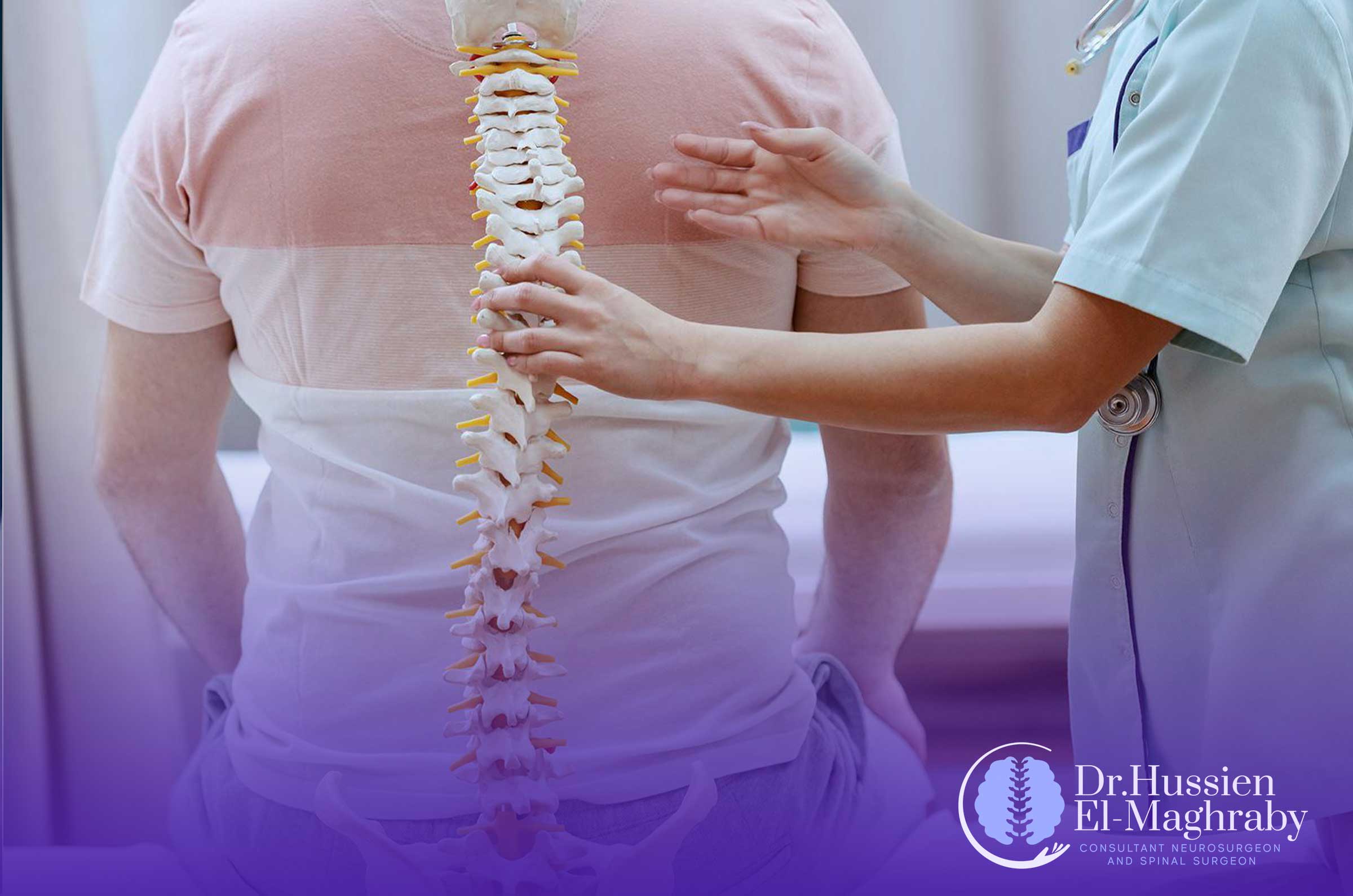
Customized 3D Solutions for Your Spine
The use of modern technology and 3D printing is a true revolution in the field of surgery, as it allows for personalized procedures that meet the needs of each patient.
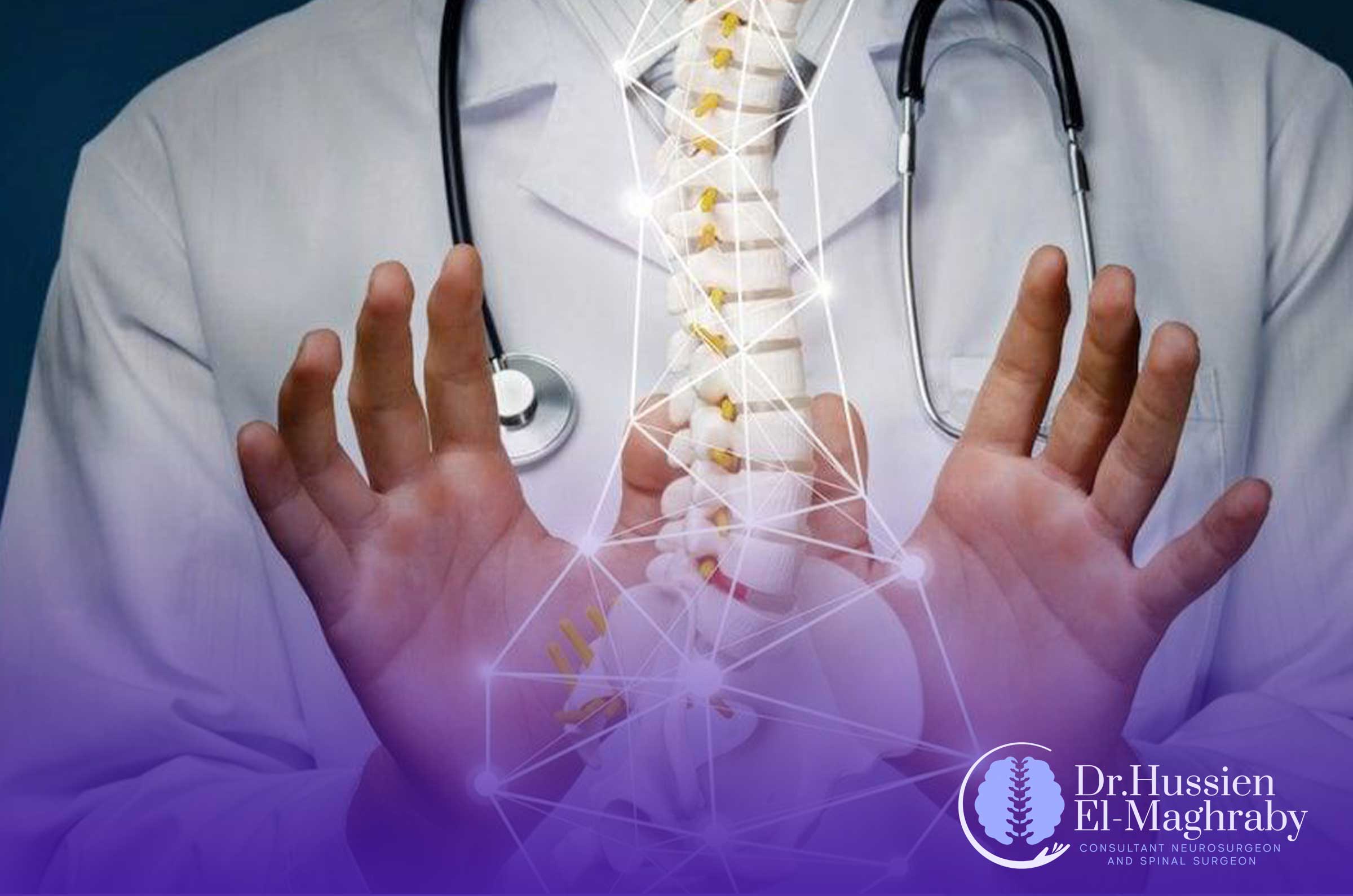
The Role of Advanced Technology in Spine Surgery
Technological advances have made it possible to treat various spinal diseases and injuries in non-surgical ways, characterized by rapid recovery, pain reduction, and impressive results.
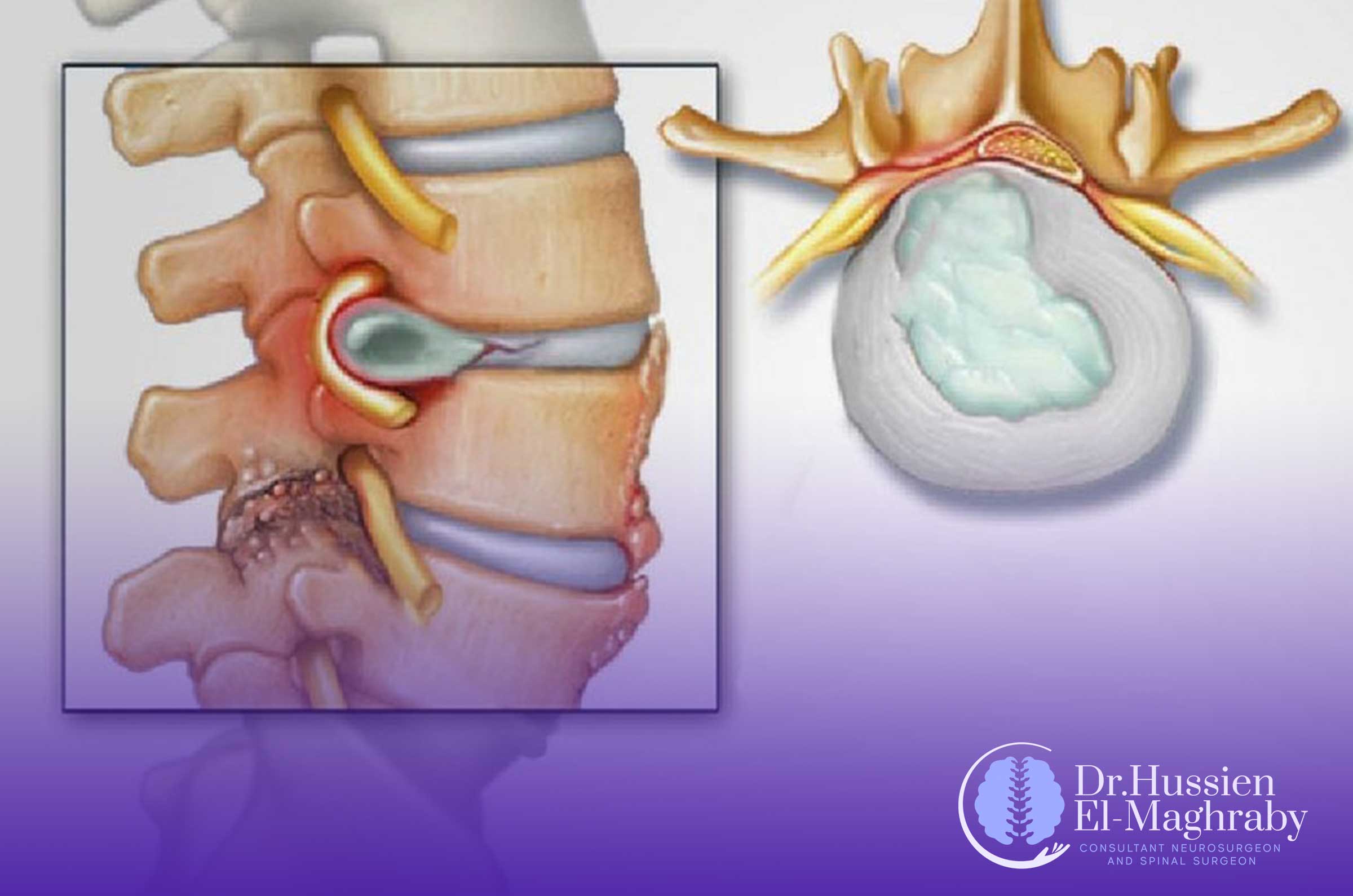
Challenges of Spinal Stenosis and Coping Strategies
The pain from spinal stenosis can be bothersome and significantly impact daily life. However, are home remedies and complementary treatments sufficient to effectively manage it?
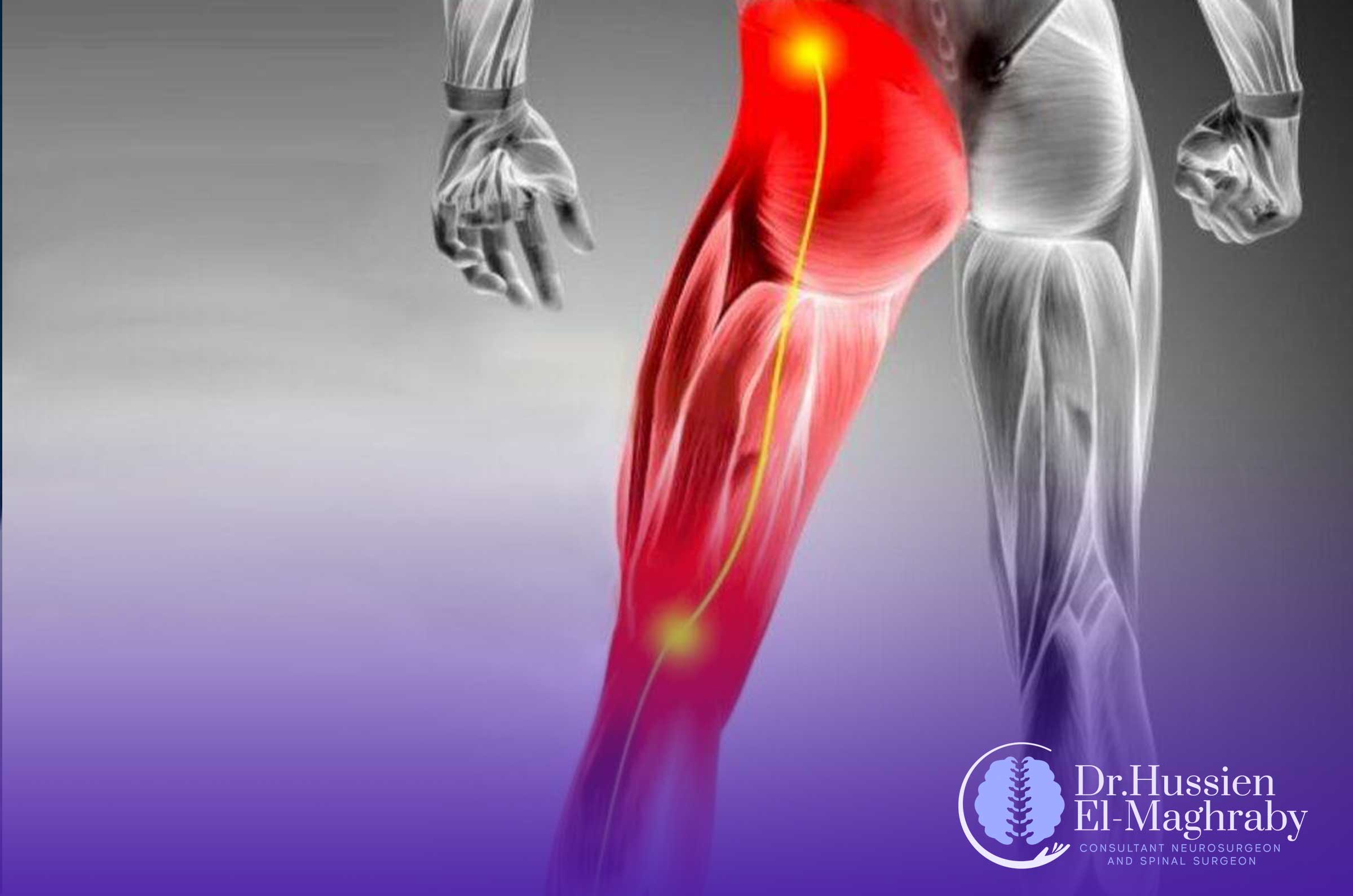
Latest Techniques for Treating Sciatica Without Surgery
Sciatica pain caused by herniated discs can be relieved through a minimally invasive procedure, without surgery, in less than 20 minutes and painlessly, using laser disc vaporization.

